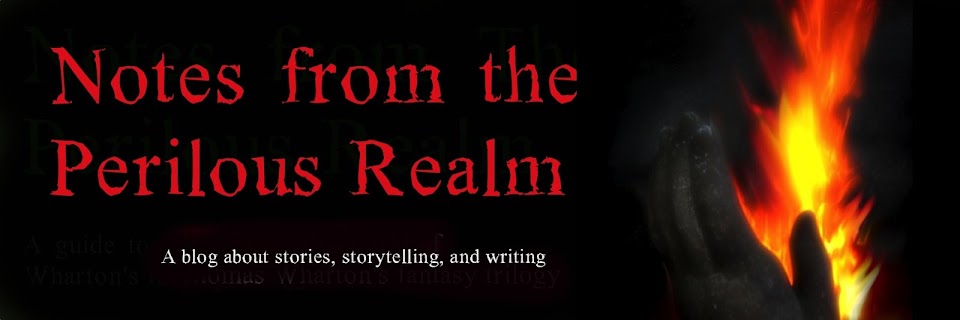As a
teenager living in Jasper I used to go for long solitary walks in the woods and
surrounding hills. I never worried about bears in those days. It wasn’t until I
grew up and had kids that I developed a real fear of meeting bears on the
trail. Maybe because now I had someone else to stay alive for.
On those
walks I used to wonder where the dividing point was, exactly, between the town of
Jasper and the wilderness that surrounded it. I was sure there had to be such a
boundary, though I was never sure when I had crossed it.
If you took
even a few steps away from the paved streets, you were already heading into the
wilderness, but when did you actually arrive there? The park had many well-used
trails, and of course there were always nearby roads and power lines and warden
stations and other markers of human presence. (And it always seemed odd to say
that one was heading into the wild.
As if the outside was somehow also an interior.) I liked to imagine that the boundary was the railroad track at the edge of town. It was a definitive line. The sight of it reassured you that you were still in the civilized world, where there was nothing that wanted to eat you. Once on the other side, all bets were off.
But in fact the
wilderness never felt entirely wild, no matter how far or deep I went into it. For one thing I
could never forget this was a national park, a fact that all by itself seemed
to sap some of the “wild” out of one’s surroundings. This was a tended,
guarded, in some ways controlled wilderness. It was a part of the rest of the
world. Airplanes flew over it. Pollutants from elsewhere fell on its snowfields
and trickled down into the rivers. People had colonized it, inhabited it,
storied it.
But the
town was never completely non-wild,
either. Living in Jasper was a bit like living in a house with all the doors
and windows wide open. Deer grazed on the streets, much to the delight of the
tourists and the annoyance of anyone with a garden in their yard. Bears and coyotes
prowled in the back alleys for garbage (heading home late at night from a
friend’s place more than once I met a bear on the street. We both ran). One
summer there was a mountain lion living under a house trailer and preying on
neighbourhood dogs to feed her cubs. Then there was the time a black bear
strolled into the lobby of one of the hotels. The panic that ensued was shared by
both bear and hotel guests.
One night
I was sitting at the kitchen table doing my homework when something tapped on the
window. I looked up and shouted in terror: reaching toward the glass was an impossibly gigantic hand. An instant later I realized what I was seeing:
the "hand" was the antler of an elk grazing peacefully at the side of our house. And that
adrenaline pumping through my body after the scare I’d had: that was the wild in my genetic code, an animal response inherited from millions of years of evolution.
Maybe that's what we mean by the phrase into the wild. It's already there inside us.
Eventually
I came to see that there was no boundary between the town and the wild. Or if
there was, it was almost entirely a mental one manufactured by my human mind,
always striving to put the messy world into neat, manageable, conceptual boxes.
Living in Jasper had shown me the porous, semi-imaginary nature of all borders
and boundaries, though it took me a while to learn the lesson. The deeper you look at
anything to find the dividing line between it and something
else, the harder it gets to find. It’s as true of oneself as of anything else. You
can witness it happening every time you take a breath.
And maybe
that’s why, as a writer, I so often write about those moments when one thing
becomes something else. When things change their skin and reveal themselves to
be other, or more, than what they seemed to be. I look for a contrast, an edge,
a border, a boundary, and I start writing there, and the boundary opens up and
reveals a dynamic, fluid, constantly changing space I can only attempt to trace
with words.


No comments:
Post a Comment